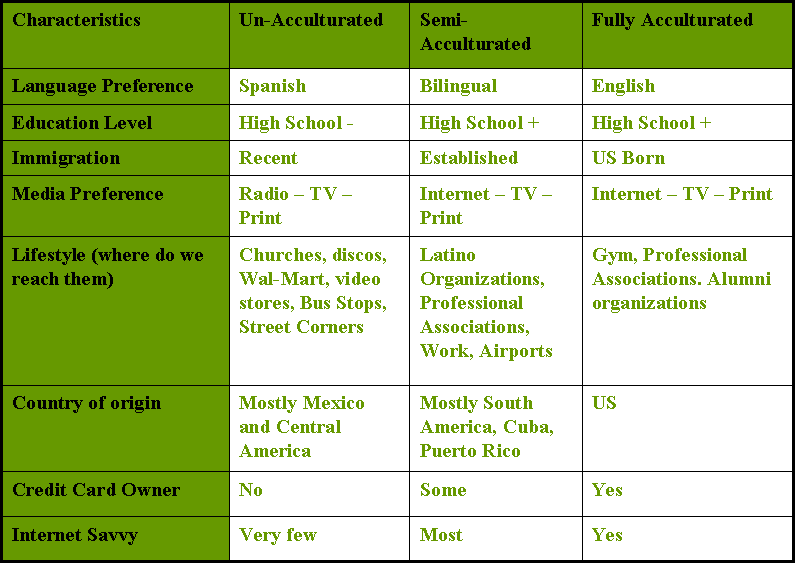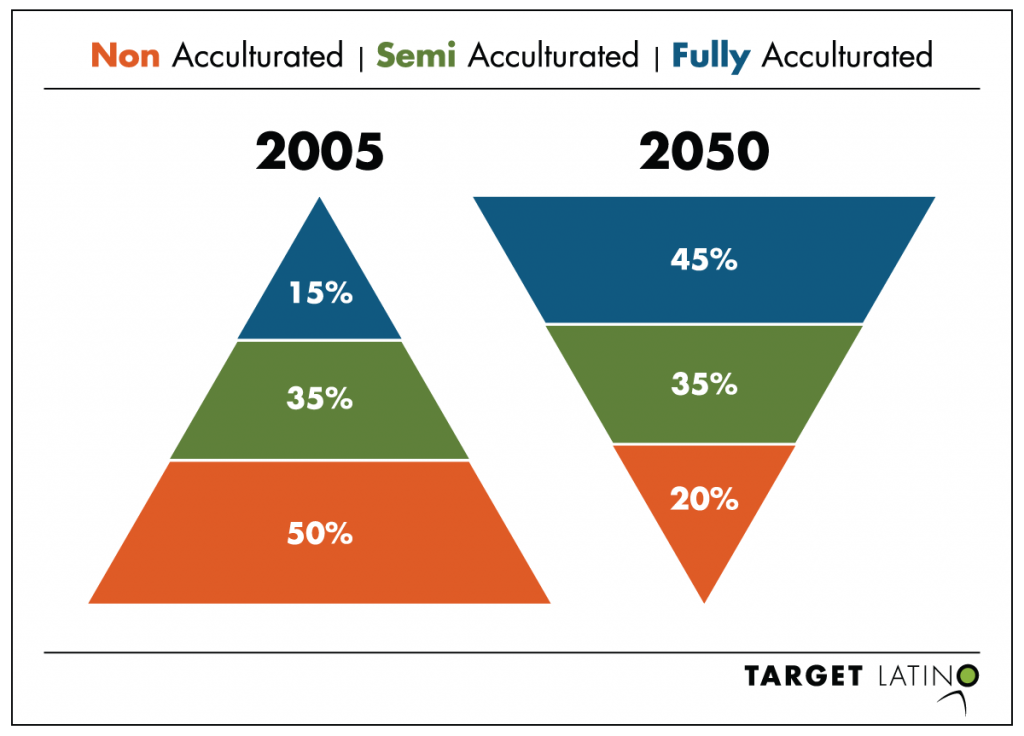Multicultural Marketing for Oreo Canada
Multicultural marketing is not something that only happens in the U.S. Kraft Canada dunked its Oreo cookies in the Canadian multicultural scene with this new 30-second TV commercial. The famous Oreo cookie – which somehow seems to capture my attention and get back into my blog once again – bridges multicultural experiences in a simple and emotive way.
Multicultural marketing for Oreo Canada commercial
“Moving Day” opens with a little boy arriving at a new neighbor’s house with two glasses of milk and a bag full of Oreo cookies. He finds a boy his age who only speaks Mandarin but the two are able to communicate through the way they eat their Oreo cookies. The commercial ends with the tag line: “Only Oreo.”
Oreo needed to uniquely connect with Canadians while maintaining the integrity of their global campaign. But with no product news, making this great change would be no easy feat.
The overall concept was developed by the brand’s creative agency Draft FCB Canada, but Kraft also worked with multicultural marketing agency Kang & Lee Advertising. Kraft stated that Kang & Lee helped them understand how to make sure they could reflect the reality of what a new Canadian family moving in would be bringing with them and how they would be dressed.
“What we were trying to do with this spot was make Oreo relevant for Canada and make sure we reflect our cultural fabric and diversity, which is what Canada is today and how it’s growing,” said Emmanuelle Voirin, senior brand manager, Oreo.
Oreo’s communication efforts must align to a global campaign, which focuses on leveraging the emotional connection of people through the ritual of the “Twist, Lick and Dunk” of the cookie.
By: Claudia “Havi” Goffan











